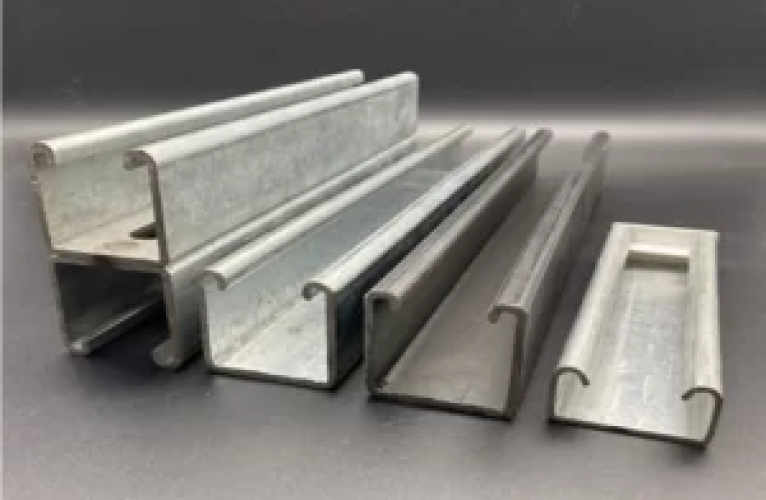Discover the Versatile Uses and Advantages of Metal Plate and Perforated Metal in Modern Industry

In the dynamic world of construction, engineering, and manufacturing, materials play a critical role in determining strength, durability, and functionality. Among the most valuable and versatile materials used today are metal plate and perforated metal. These materials are at the core of numerous industries ranging from architecture to agriculture, offering unmatched reliability and performance. In this blog, we will delve into the many uses, benefits, and industry relevance of these essential metal products, helping you understand why they are a preferred choice for professionals around the globe.
What is a Metal Plate?
A metal plate is a flat sheet of metal that is typically thicker than standard sheet metal. It is widely used in structural and construction applications due to its strength and durability. These plates come in various sizes, thicknesses, and types including stainless steel, aluminum, carbon steel, and more. The flexibility in materials allows engineers and designers to select the right metal plate according to specific performance requirements.
Some of the primary industries that utilize metal plate include:
-
Construction: Used in bridges, buildings, and infrastructure for reinforcement and support.
-
Shipbuilding: Acts as a core material in hull construction.
-
Automotive: Applied in chassis design and protective shielding.
-
Machinery: Integral to the production of heavy equipment and machine components.
The excellent load-bearing capacity and resistance to corrosion (especially in stainless steel variants) make metal plate an ideal solution for environments exposed to harsh weather or corrosive substances.
What is Perforated Metal?
Perforated metal refers to sheets that have been manually or mechanically punched with holes, slots, or other patterns. The patterns can be decorative or functional depending on the use case. Perforated metal is lightweight, flexible, and has a high strength-to-weight ratio, which makes it suitable for a broad spectrum of industrial and aesthetic applications.
Popular uses of perforated metal include:
-
Architecture and Design: For decorative screens, sunshades, and facades.
-
Ventilation Systems: Allows airflow while acting as a protective barrier.
-
Filtration: Utilized in both liquid and air filtration systems.
-
Sound Control: Helps reduce noise levels in enclosed or industrial environments.
-
Furniture and Fixtures: Adds modern, sleek design elements to tables, cabinets, and shelving.
One of the key benefits of perforated metal is its ability to combine both form and function. Whether it’s for filtering air in HVAC systems or providing a visually appealing touch to a building’s façade, perforated metal delivers high value in both commercial and industrial environments.
Benefits of Using Metal Plate and Perforated Metal
The rising demand for metal plate and perforated metal across industries stems from their impressive list of benefits:
-
Durability: Both materials offer high resistance to wear, tear, corrosion, and extreme weather conditions.
-
Customization: Available in a wide variety of sizes, shapes, materials, and finishes to suit specific project needs.
-
Aesthetic Appeal: Especially with perforated metal, the ability to design patterns makes it ideal for architectural and decorative projects.
-
Efficiency: These materials contribute to energy efficiency, sound insulation, and structural integrity.
-
Cost-Effectiveness: Long lifespan and low maintenance needs translate to better ROI for businesses.
Industrial Applications
Let’s explore some real-world applications where metal plate and perforated metal play a pivotal role:
-
Oil and Gas Industry: Metal plate is used in pressure vessels, storage tanks, and pipelines for its ability to withstand high pressures and corrosive environments.
-
Aerospace and Aviation: Perforated metal is essential in engine components and noise control systems.
-
Agriculture: Used in silos, screening systems, and grain storage units due to their strength and filtering capabilities.
-
Retail and Display: Shelving systems and display units often use perforated metal for both utility and aesthetic purposes.
Choosing a Reliable Supplier
When it comes to sourcing high-quality metal plate and perforated metal, it’s essential to partner with a reputable supplier who understands the technicalities and can provide customized solutions. One such trusted name in the industry is Kian Huat Metal. With years of experience and a wide inventory of metal products, the company offers solutions that meet the highest industry standards and cater to diverse project needs.
Another reason why professionals prefer sourcing from Kian Huat Metal is their commitment to customer service, quality assurance, and timely delivery. Whether you need a custom-cut metal plate for a construction project or intricately designed perforated metal panels for an architectural installation, they have the expertise and infrastructure to meet your demands.
Conclusion
Both metal plate and perforated metal are indispensable materials in today’s fast-paced industrial and design landscapes. Their strength, versatility, and adaptability make them a popular choice across multiple sectors. From providing structural support to enhancing aesthetic appeal, these materials deliver value at every step of the way. Choosing a reliable supplier and understanding your application needs are key to leveraging the full potential of these incredible metal products.
As technology and design continue to evolve, so will the applications and innovations around metal plate and perforated metal, ensuring they remain at the forefront of industrial progress.






